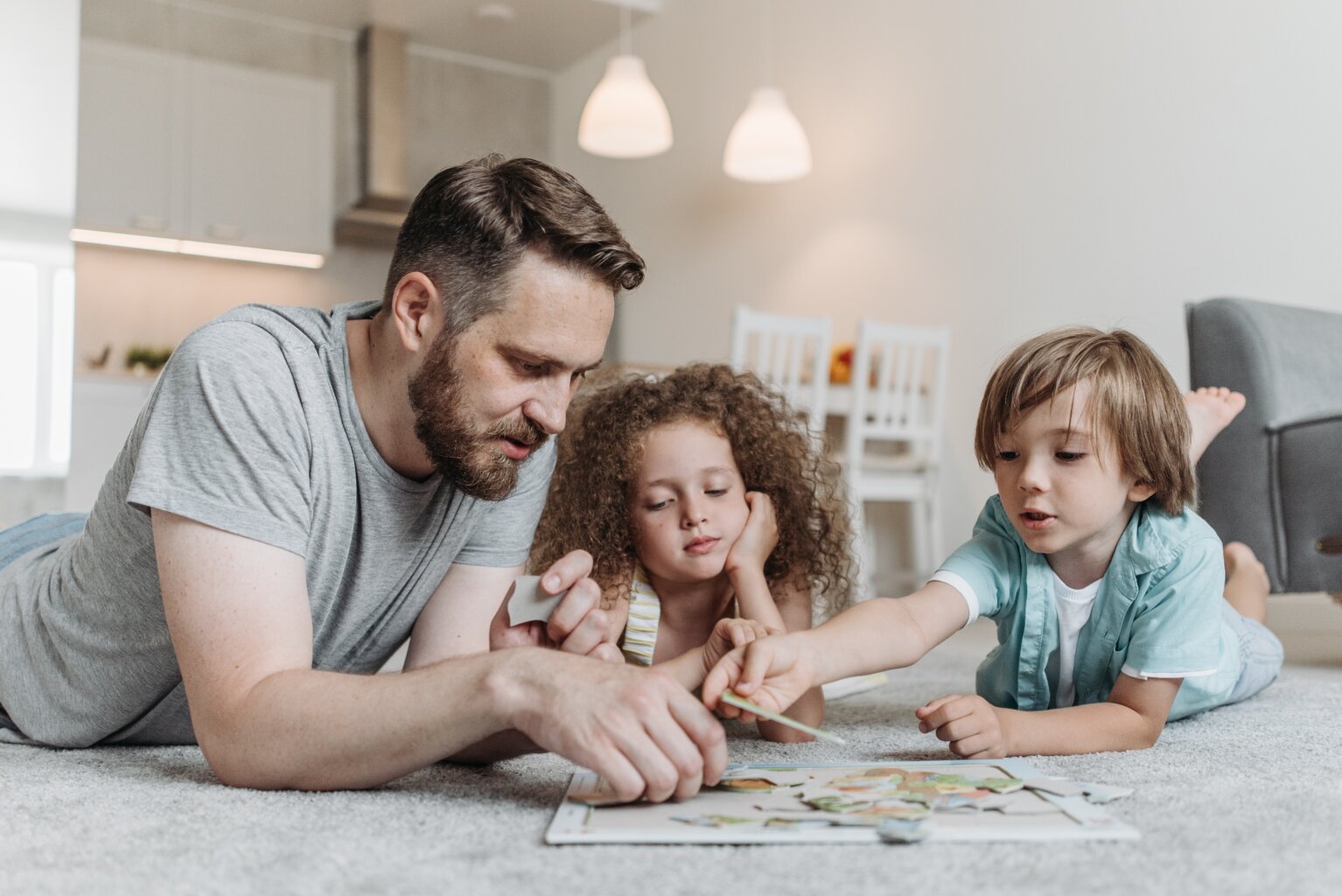
11 Tips to Make Learning Fun
Teachers make learning fun at school, but what about at home? These eleven tips will be your guide to give your kids the funnest education ever.
Teachers set the bar sky-high when it comes to educational fun. But the learning doesn’t stop when the kids come home. In fact, the foundation of student success is parental involvement.
So, when that final school bell rings, how can you pick up that torch and make learning fun?
If you want your kids to love learning and love going to school, then these eleven tips will be your guide to make learning fun.
Why Learning Should Be Fun
First of all, nobody wants to do something they dislike. This is why shy kids don’t want to speak in front of people and why playful kids don’t like cleaning their rooms. As People for Education said, “parents do more to help their children succeed in school by chatting about what they learned today or asking questions about a TV show they watched together than by ‘drill and skill’ homework sessions, endless nagging, or racing off to a meeting at the school.”
In other words, fun is key to the whole learning experience.
Tips to Make Learning Fun
Following the advice of the experts, these seven tips will guide you through all the ways you can make learning fun.
Create a Learning-Rich Environment
Surround your home with books, educational games, puzzles, and art supplies. Make these resources easily accessible to encourage spontaneous learning and exploration. And if your kid still would rather watch TV, find fun programs or YouTube channels that encourage learning.
Make Learning a Game
If your child drags their feet when it comes to learning something, find a way to make it a game. Board games, card games, and puzzles often incorporate math, logic, and problem-solving skills. With exciting challenges and interesting activities, your child will definitely find this kind of learning fun.
Use Hands-On Activities
Incorporate hands-on activities and experiments whenever possible. Science experiments, art projects, and interactive demonstrations can bring abstract concepts to life and make learning more memorable.
Make Learning Multi-Sensory
Engage multiple senses in the learning process. For example, when teaching about shapes, use tactile materials like playdough to create shapes while discussing their properties. Or you could even go old-school and draw them. Make it a contest to see who can come up with the silliest item that matches that shape.
Connect Real-Life Scenarios to Learning
Relate the material to real-life situations that your kids can identify with. Showing them how what they’re learning is applicable to their everyday lives can make the subject matter more engaging and relevant.
Watch TV (Yes, You Read That Correctly)
Incorporate videos, animations, and infographics into your everyday routines (or lessons if you’re a homeschool parent). Visual aids can help break down complex ideas and make them easier to understand. Plus, there are some great videos out there that will do all the making-learning-fun for you. Like,
I’m just a bill.
Yes, I’m only a bill.
And I’m sitting here on Capitol Hill.
(Can you name that video?)
Follow Your Child’s Interests
Pay attention to your child’s interests and passions. Whether it’s dinosaurs, space, art, or a favorite book series, use their interests as a springboard for learning. Incorporate educational materials and activities related to their interests to make learning more engaging.
Connect with Other Learners
Encourage social learning by arranging playdates or study groups with other children. Learning with peers can be more enjoyable and provide opportunities for collaboration and discussion. If you’re a teacher or homeschooler, assign group projects or collaborative learning activities. Working with peers (or siblings or neighbors) can make learning more enjoyable, as students can share ideas and learn from each other.
Field Trips and Outdoor Learning
Teachers take kids on field trips, and you can too! Plan educational outings to museums, zoos, botanical gardens, historical sites, and science centers. These experiences provide hands-on learning opportunities and can spark curiosity. Plus, learning in a different environment can be exciting and memorable. (For some reason, it just doesn’t feel like learning when you’re waving at a Lion.)
Incorporate Storytelling and Imagination
Use storytelling to make learning more enjoyable. Create imaginative stories or scenarios that relate to the topic at hand. Whether you’re teaching history, science, or literature, stories can capture your kid’s imagination and make complex topics more relatable. And then, when you’ve woven your tale, encourage your child to use their creativity and imagination to explore new concepts.
Read Together
And finally, reading together is one of our favorite ways to make learning fun since it promotes learning and imagination. Get the most out of reading by reading books together, ask questions about the story, and discuss the characters and plot. Visit the library regularly to discover new books.
Books That Make Learning Fun
- Marcel’s Mouse Museum
- Big Book of Family Games
- The Amazing World of Video Game Development
- The House That Ruth Built
Shaelyn Topolovec earned a BA in editing and publishing from BYU, worked on several online publications, and joined the Familius family. Shae is currently an editor and copywriter who lives in California’s Central Valley.
